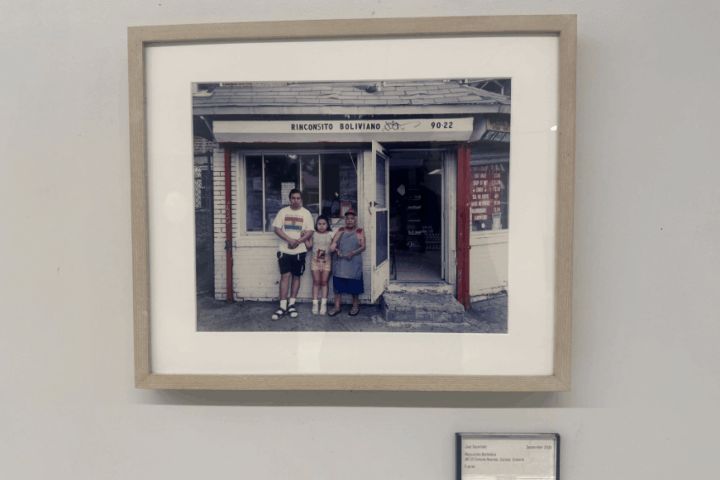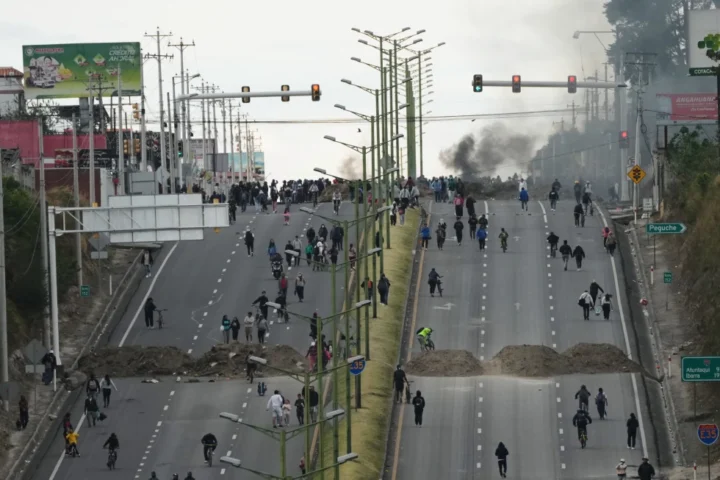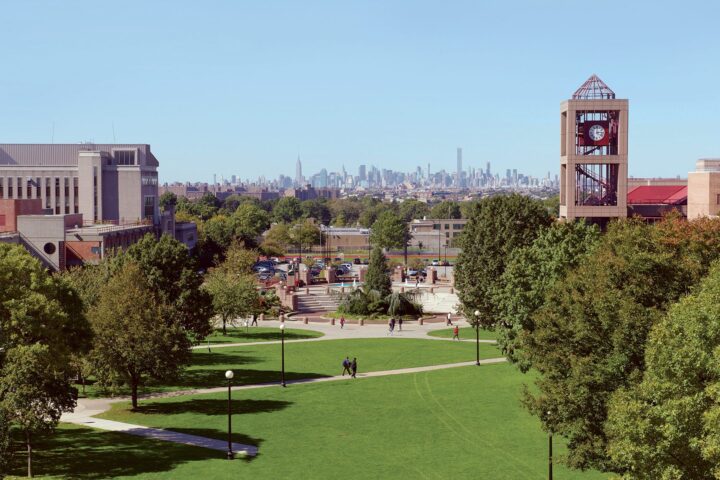“Patria O Muerte: Cuba, Fatherland or Death” is the debut film from actor turned documentarian Olatz Lopez Garmendia. The documentary is an overtly political film but does not make heavy-handed statements regarding policy or ideology. Rather, it makes poignant statements by sharing intimate interviews with Cuban citizens.
Garmendia has traveled to Cuba for the past 20 years, and her thorough understanding of the country is evident this film. “Patria O Muerte: Cuba, Fatherland or Death” is not a superficial travel log containing classic cars and cigar making. Rather, Garmendia is successful in giving Western audiences an intimate look into daily life in contemporary Cuba.
The movie relies primarily on archival footage and interviews with seven subjects. The film uses these seven interview subjects as a narrative device to carry the story. In this way, Olatz Lopez Garmendia’s style is very reminiscent of Errol Morris, another documentary filmmaker.
The documentary does not tell a traditional narrative. Instead, the film paints seven distinct portraits utilizing candid interviews to touch on issues that are universally relatable. The experiences of Cuban citizens may be unique, but the characters in these stories touch on issues everyone can identify with, such as the need for self-expression and shelter.
The seven subjects of “Patria O Muerte” represent a cross section of Cuba. You meet people like Valery, a transwoman, who was forced to turn to prostitution for a time and Wendy Guerra, an internationally known writer, who only recently has seen her work published in her home country.
Cuba’s government heavily censors and monitors expression but Garmendia feels the spotlight the film brings helps protect her subjects from reprisals. By being known by the public and media, it would be news if the government took action against the film’s subjects.
Now that the embargo is over, Garmendia feels the Cuban government cannot blame America for all its problems. She hopes the normalizing of relations between America and Cuba will not just result in a lovely vacation destination for Americans but an increase in liberty for Cuban citizens.
One of the shortfalls of the film is it does not mention pre-revolution Cuba. The history of colonial exploitation in the region adds context to the issues discussed in the documentary. This takes the film’s legitimate grievances with the current regime and paints them into a straw man.
Garmendia intends to continue to make socially conscious documentaries. After her strong debut, one can’t help but eagerly await to see what her next subject will be.
“Patria O Muerte: Cuba, Fatherland or Death” is available on HBO. Sometimes when stories are very specific, they still have the ability to touch all of us. This is one of those films.













